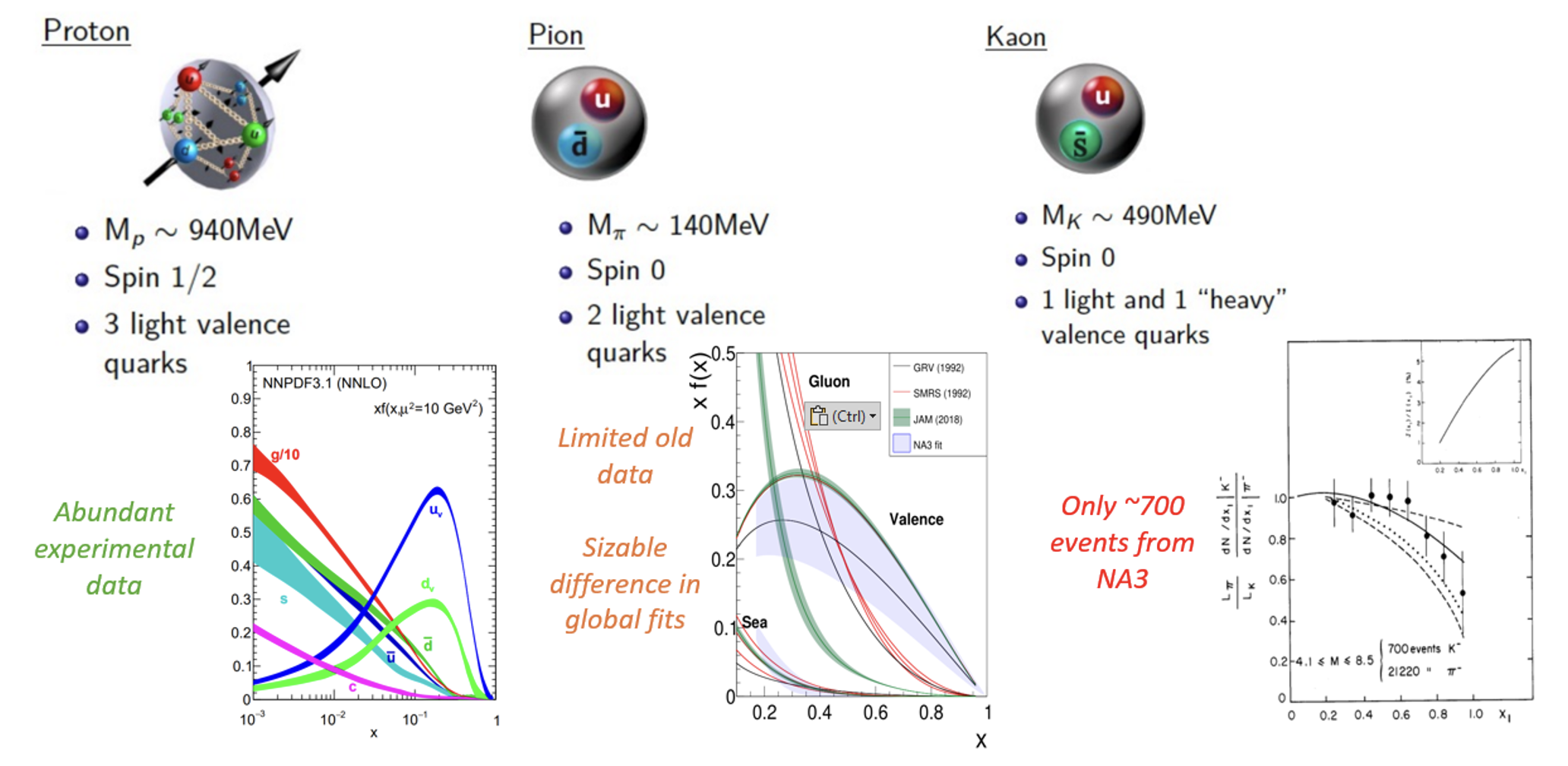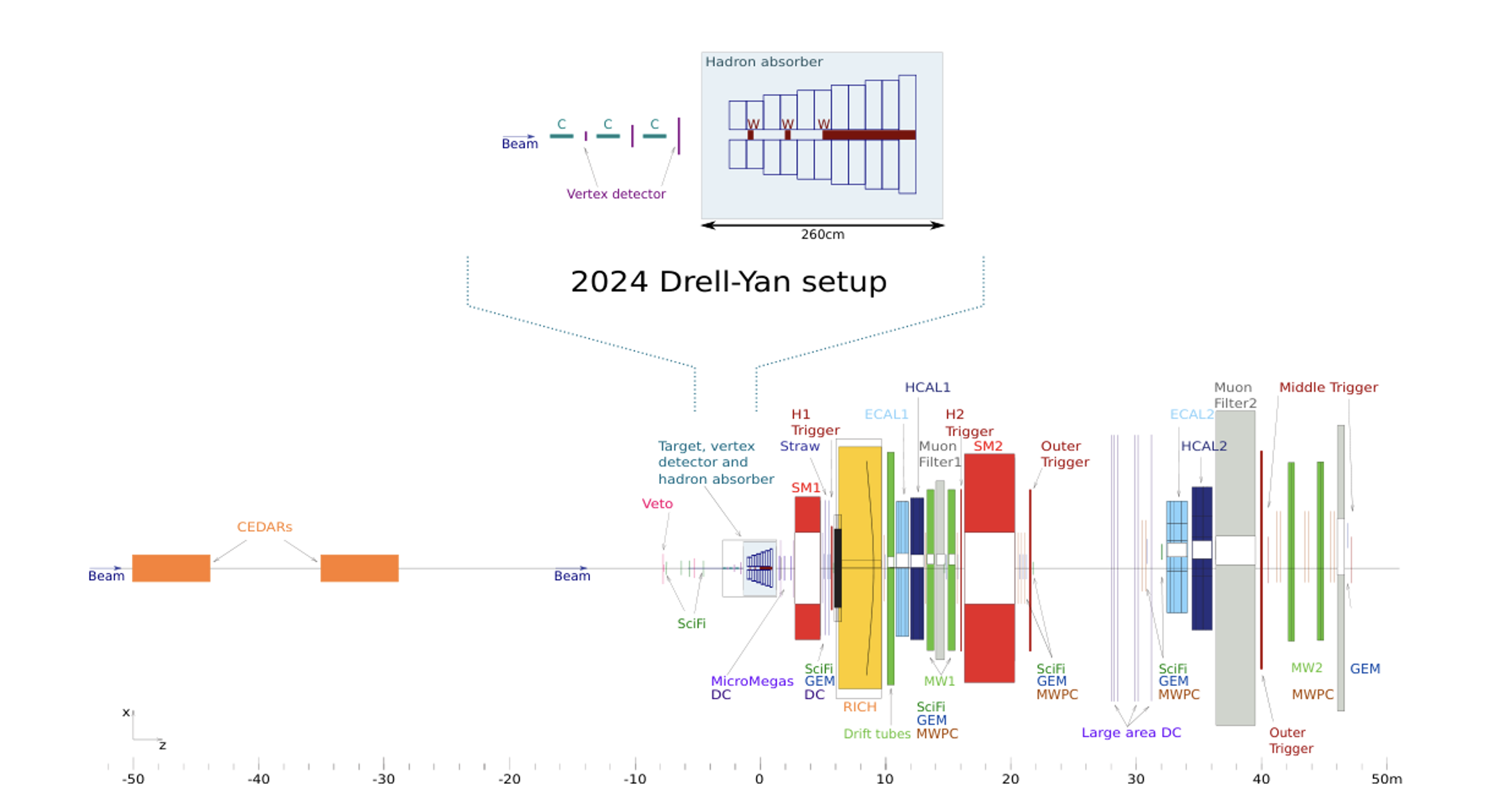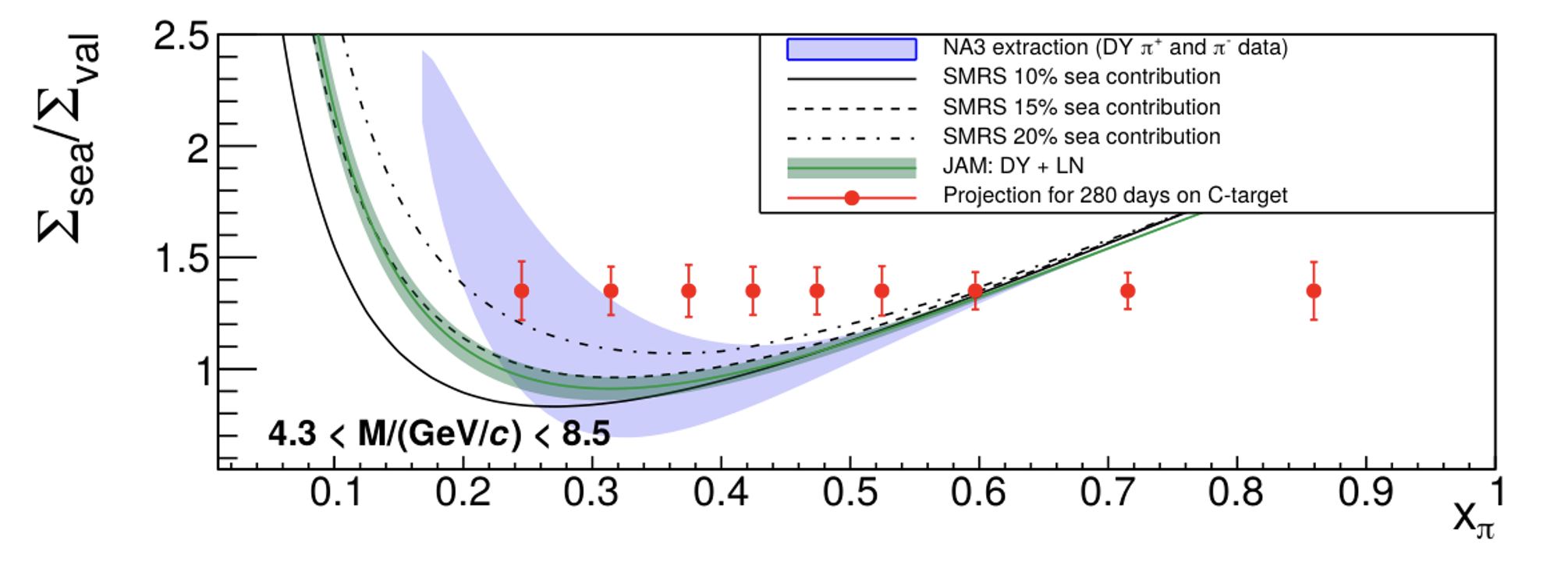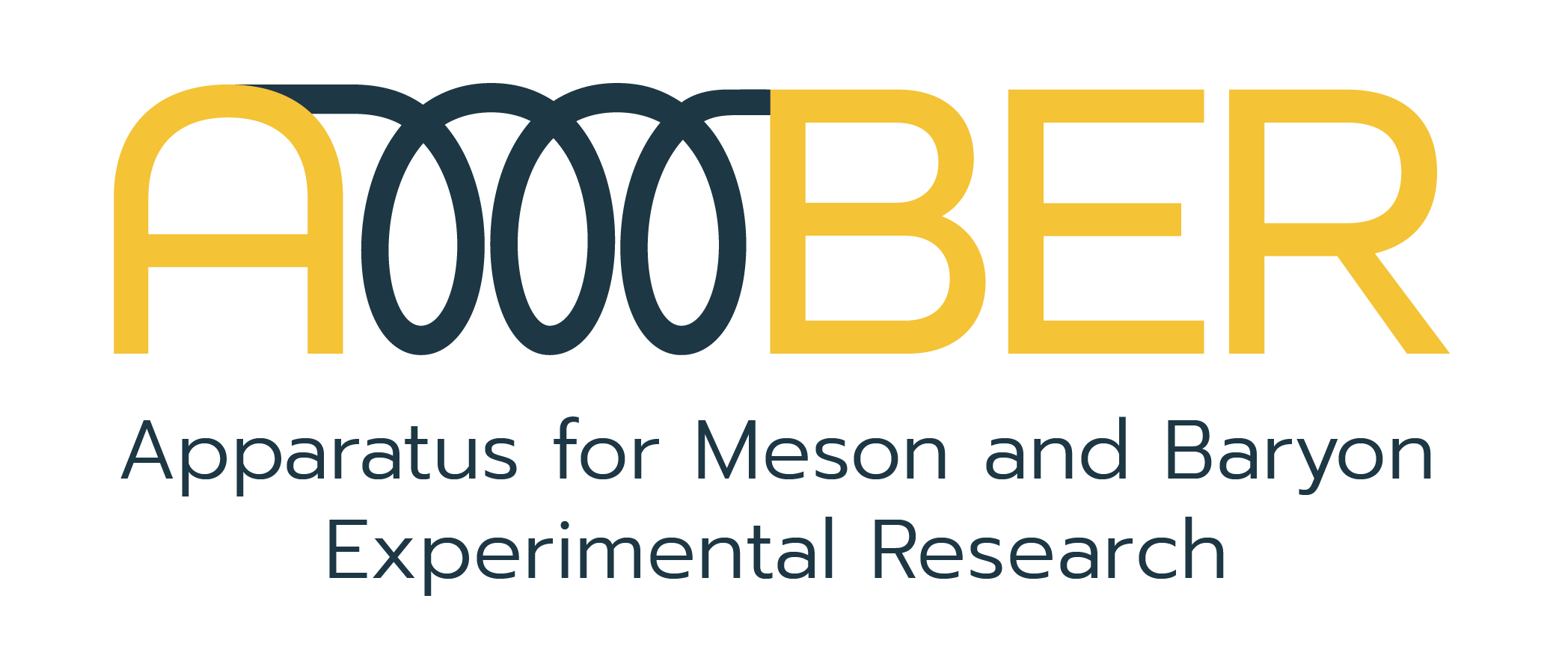The Drell-Yan Physics Program at AMBER: Exploring Meson Structure
The Scientific Challenge
Scientists have spent decades mapping the structure of protons—tiny particles inside atoms. However, we know surprisingly little about other fundamental particles called mesons (especially pions and kaons). Our current understanding relies on very limited experimental data. The most recent pion measurements come from experiments called E615 and NA10, conducted more than 30 years ago. For kaons specifically, the most important measurements come from an experiment called NA3, which captured only about 700 events. This lack of data makes it difficult to create accurate models of how these particles are structured.

How AMBER Will Solve This Mystery
AMBER (Apparatus for Meson and Baryon Experimental Research) at CERN is planning to address this knowledge gap. The project will start with a short test run before 2026, followed by two years of data collection beginning in 2029. The experiment will use a 190 GeV particle beam that can deliver up to 150 million particles per second.

The experiment will use a mixed beam containing mostly pions and protons (about 98%), with a smaller amount of kaons (about 2%). This beam will strike special targets made of tungsten and carbon. The researchers will alternate between using positive and negative particle beams, spending more time with the positive beam to gather the most useful information about pions.
Measurement Program and Expected Outcomes
AMBER's measurements will reveal both the valence and sea quark components of mesons. The experiment's unique capability to use both positive and negative particle beams (opposite sign hadron beams) represents a significant advancement over previous experiments. After 280 days of collecting data, AMBER will have gathered the largest combined dataset ever for pion interactions through Drell-Yan scattering, dramatically surpassing the data collected by NA10 and E615. For kaons, despite being only a small fraction of the beam, AMBER will collect a combined positive and negative kaon dataset that will be entirely unique in particle physics—the first comprehensive study of its kind—and will exceed previous experiments by orders of magnitude.

Technological Innovations and Future Prospects
Ongoing upgrades to radiation shielding, beam equipment, and particle detection systems are expected to substantially enhance the experimental capabilities. These improvements include optimizing particle identification systems, reducing beam spread, adding tracking detectors along the beam path, and developing new detectors to improve measurement accuracy. The combined effect of these technological advances, coupled with AMBER's unique opposite-sign hadron beam approach, will create datasets that qualitatively transform our understanding of meson structure rather than merely providing incremental improvements.
Scientific Significance
The AMBER experiment represents the most comprehensive study of meson structure planned for this decade. The results will provide crucial information about the distribution of quarks and gluons within pions and kaons, complementing future experiments at the Electron-Ion Collider. The combination of positive and negative beam data will yield unprecedented insights into meson structure that have been impossible with previous experimental setups. This knowledge will deepen our understanding of the strong force that binds quarks together and test theoretical predictions in previously unexplored areas.
This program will continue as a key component of AMBER's long-term research, ensuring a complete mapping of the meson structure and advancing our fundamental understanding of quantum chromodynamics (the theory of the strong force). The knowledge gained will complement other experiments, establishing AMBER as a major contributor to particle physics in the coming decades.
